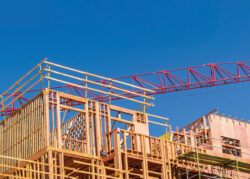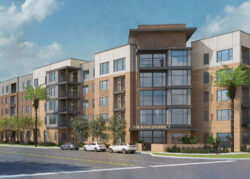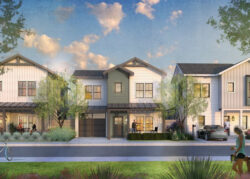Evolving demographics are reshaping the multifamily housing market, creating new opportunities and challenges for developers and investors. Population shifts, including an aging population, increasing racial and ethnic diversity, and changing household compositions, are driving demand for more adaptable and inclusive housing solutions. The rise in single-person households and the growing number of older adults looking to downsize highlight the need for flexible living arrangements that cater to various lifestyle preferences. At the same time, the increasing diversity of the population underscores the importance of designing communities that reflect cultural inclusivity and offer amenities that appeal to a broad tenant base.
These multifamily housing trends indicate a shift in market priorities, where traditional development models may need to be adjusted to accommodate evolving renter expectations. Developers who recognize and respond to these changes will be better positioned to create communities that attract and retain residents. The demand for smaller, well-located apartments with high-quality amenities continues to grow, particularly among younger renters and downsizing baby boomers. Additionally, shifting family structures and work-from-home patterns are influencing unit layouts and communal spaces, making adaptability a key factor in future developments.
Investors and developers should aim to align their strategies with long-term demographic shifts, ensuring that their properties remain relevant and competitive amidst these above multifamily housing trends. As demand for diverse and accessible housing options grows, those who proactively integrate these insights into their projects will be well-positioned for sustained success in the evolving multifamily sector.





